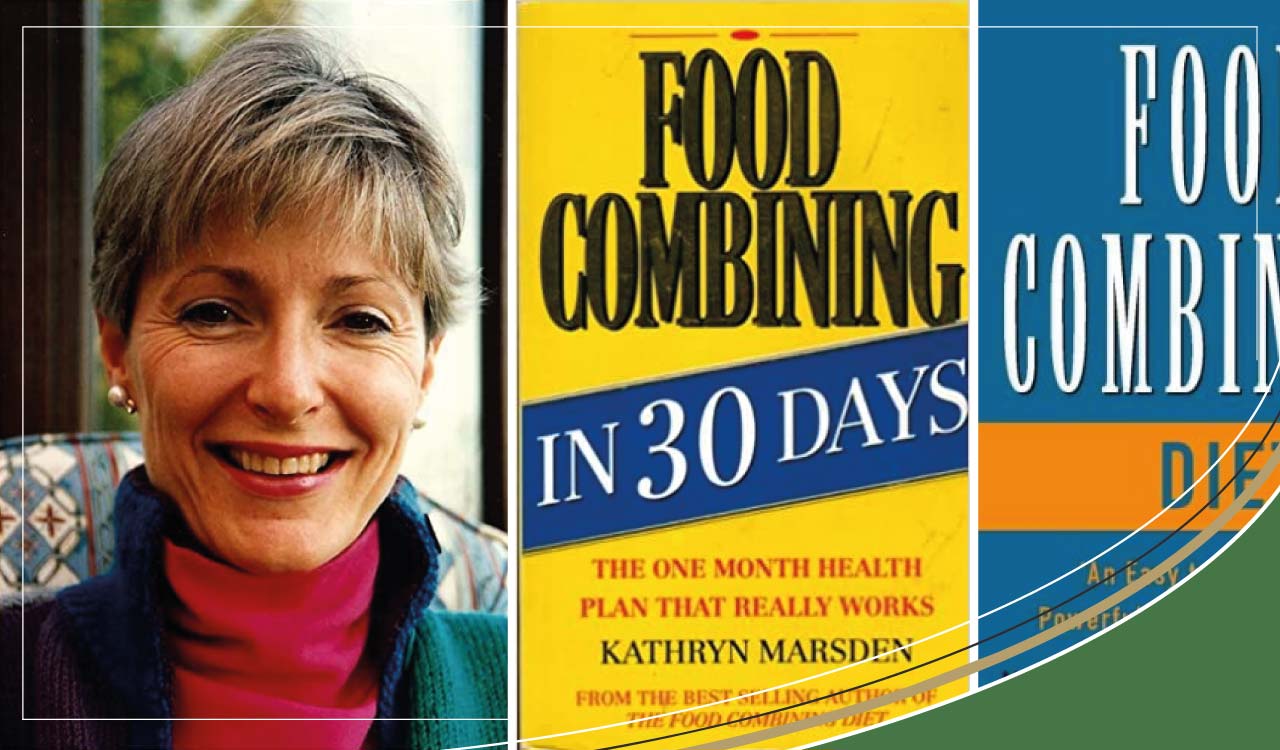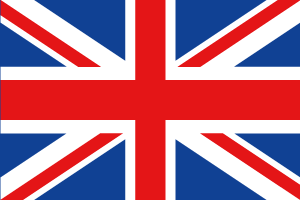Bladder Health
Trigonitis: Symptoms, diagnosis and non-invasive treatments, including diet & supplements

Trigonitis refers to cellular changes to the lower triangular region of the bladder wall, an area known as the vesical trigone. The cause is not known, and medics will nearly always tell a patient that there is no cure. However, I believe that there is an enormous amount that can be done to relieve symptoms and reduce the risk of recurrence.
Since the Sweet Cures website already has an extremely beneficial and detailed article on the condition known as trigonitis - it is one of the most informative pieces that I have read during my journey to find a diagnosis. I will not copy any of it here. But since personal experience is also valuable, I hope that my own - no punches pulled story - will be helpful to other sufferers.
Symptoms
It started when I woke one morning with the symptoms of what seemed to be classic cystitis. Bearing down pressure in the pelvic area, a desperate need to urinate, burning pain when passing urine and a general feeling of unwellness. The only difference was that I was peeing gallons rather than the little dribbles usually associated with a bladder infection and, as the problem progressed, Plagued with the need to empty my bladder three or four times a night so adding sleep deprivation to my discomfort. In any event, the symptoms were a surprise as I’m lucky to have never been prone to cystitis. I’d had a couple of attacks in my 20s and another a few years’ ago immediately after a smear test. Other than that, nothing.
Diagnosis
I collected a urine sample in a sterile container and took myself off to the doctor’s surgery. So here is where things began to get difficult. The UTI test showed no bacteria present but the doctor insisted that I start a course of antibiotics right away. I resisted. He explained that he wanted to send the sample to the lab for a 24 to 48-hour test to see if any bacterial culture showed up but he did not want me to wait for treatment in case there was an infection. I still resisted. I consider that I am pretty well informed about health matters in general and antibiotic resistance in particular, having written a book on bugs. However, I was concerned that, if bacteria was found to be present and I had started a course of antibiotics before the results came back, then I might be taking the wrong prescription. That’s because all positive test results these days will also provide valuable information on drug resistance susceptibility, showing which antibiotics are most likely to work against the infection and which ones to avoid. The doctor was, shall we say, forthright. He gave me the gloom and doom scenario about the risks of septicaemia and insisted I take the antibiotics NOW. I decided to wait. It was a good call. The culture produced a negative result. However, the symptoms remained.
I returned several times to the surgery with urine samples and each time the result was negative. A full blood screen was ordered including tests for kidney function. Everything was very normal. Fast forward two months to a specialist who diagnosed painful bladder syndrome and who recommended I take an anti-inflammatory drug such as ibuprofen. In desperation, I took one tablet one night, and it did help the pain but gave me a sore stomach, so I decided no more thank you. Then I saw a second doctor who arranged a cystoscopy, a procedure that allows the doctor to look inside the bladder. Another long wait and all the time feeling awful. On the day of the procedure, I was told that I would be given a local anaesthetic - which was true - but unfortunately, they did not wait for it to work before inserting the tube. Ouch! I was told not to make a fuss. I must admit I did find it a little disconcerting, being wide awake and saddled as I was with my legs in the air, to have a urologist and four male medical students gawping at my nether regions. However, what was interesting was being able to see the computer screen which showed the vesical trigone, the triangular section of the lower bladder wall, red and inflamed. I was diagnosed with trigonitis. I asked for clarification on the basis that, although there was clearly inflammation, there did not seem to be any of the bumpy looking cobblestone pattern associated with trigonitis (interstitial cystitis looks the same but without the pattern). I was still told that it was definitely trigonitis.
Treatment - Diet and Supplements
As I am ultra-sensitive to most types of medication, my treatment options were limited. Treatment for trigonitis can involve anti-inflammatory drugs, anti-depressants, painkillers and, even though bacterial infection is not one of the symptoms, antibiotics. None of these drugs appealed in any way. So I decided to investigate non-invasive options. When I shared my ideas with the specialist, he seemed less than impressed and was adamant that what I was suggesting wouldn’t make any difference. Ha! However, he was wrong! Here’s what I did:
Irritants
Firstly, I checked my diet to make sure there were no irritant triggers. Luckily, I do not like chocolate, carbonated drinks or acidic fruit juices, and I do not eat wheat-based foods. I gave up coffee and white wine during the attack and now have only one cup of weak coffee per day.
Apple cider vinegar
I introduced twice-daily doses of Apple Cider Vinegar; this helps to alkalise the urine, raising the ph which reduces inflammation and makes life uncomfortable for any bacteria that might be present.
Buffered vitamin c complex
Along with daily probiotics and the D-mannose (see below) Vitamin C has been a cornerstone of my treatment. However, please beware. The cheaper brands of Vitamin C, usually plain ascorbic acid, can make the situation worse. Over-the-counter tablets of Vitamin C that you dissolve in water can exacerbate symptoms. This advice also applies if you are using Vitamin C to treat regular urinary infections. I use a buffered Vitamin C complex that is magnesium ascorbate with flavonoids (one gram tablet twice daily with food) which by the way I also find to be a brilliant treatment for colds.
Probiotics
Essential for all kinds of bladder problems from painful bladder syndrome to classic cystitis, interstitial cystitis and trigonitis, research suggests that probiotics work best if you use a higher dose at the outset and then reduce to a maintenance dose. Bear in mind that if you have been taking antibiotics, it can take several months to repopulate the healthy gut flora. So at the beginning of an attack, I would take, for example, double the recommended dose until symptoms subside and then the normal dose after that. Probiotics do appreciate a bit of food so don’t take them on an empty stomach. It is best to swallow them down with water, not with a hot drink, as heat can damage or destroy the sensitive, friendly flora.
D-Mannose
“Utterly life-saving” is always my first thought about this product. I would never be without it now and have recommended it to so many other people that I have lost count. I always advocate it as a first choice treatment for urinary infections, but because it has natural anti-inflammatory properties, I believe it should also be a priority in the treatment of interstitial cystitis and trigonitis. I am also sure that using D-mannose as a maintenance dose after the symptoms have gone has helped me to avoid a recurrence.
If I could give you just one experienced nutritionist’s tip on supplements, it is this: Buy the very best products that you can afford. Consider it a priority. Over 30 years as a practitioner, I have made a detailed study of supplement quality and have repeatedly found that many cheap supplements containing cheap ingredients are not only poorly absorbed but can make symptoms worse. The natural treatments I have talked about above are my own personal choices. They are not cheap but they work. I’ve had to give up other things in order to afford them all but it has been absolutely worth it!
Please note that my suggestions come from my own personal experience of this condition. They are not prescriptive recommendations and should not replace medical advice.
Guest Blog written by Kathryn Marsden - 15th November 2016
 Express Delivery Available - 1-3 Working Days
Express Delivery Available - 1-3 Working Days
 Support 0818 110 792 - 20+ Years Expertise
Support 0818 110 792 - 20+ Years Expertise
 Rated 4.9 out of 5 on Trustpilot
Rated 4.9 out of 5 on Trustpilot

















